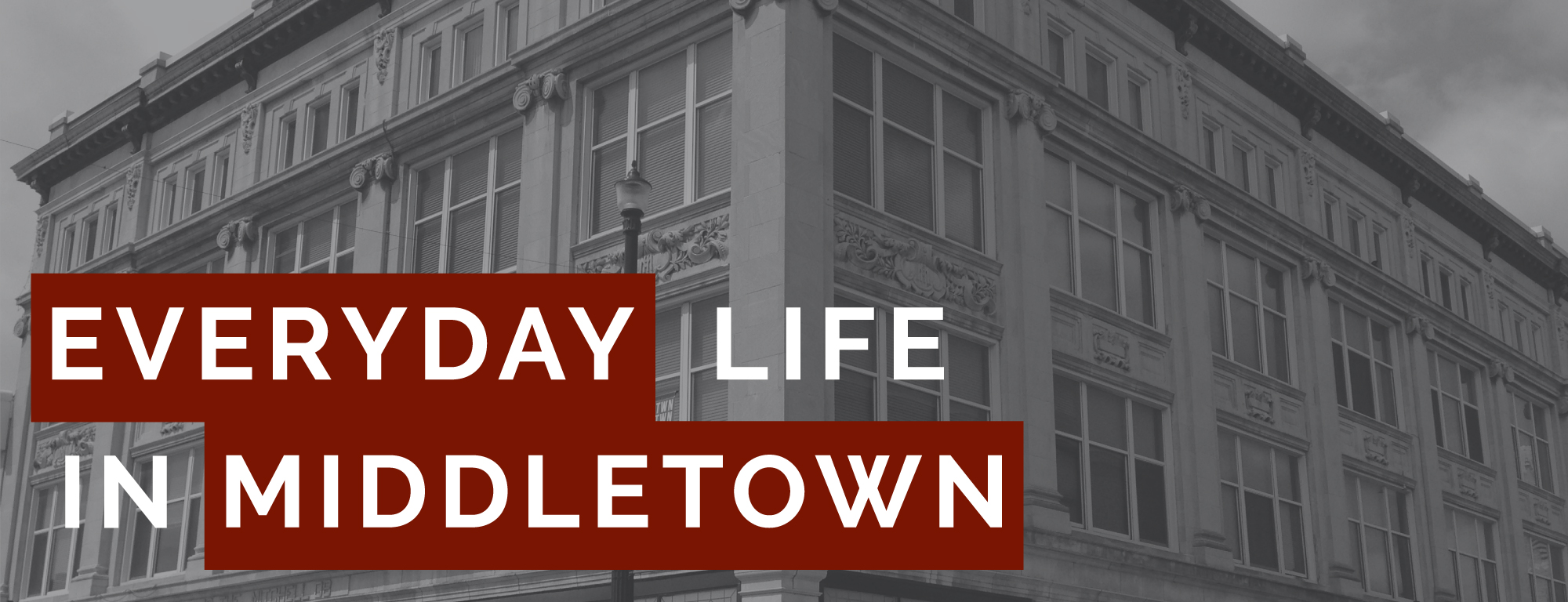Of Dogs, People, and COVID 19
Before COVID 19 hit this year, life was what we thought of as “normal.” My husband stood for hours passing instruments and controlling blood flow as a scrub in the local hospital’s operating room (OR). I drove, sometimes an hour each way, as an active substitute teacher. My daughter attended college classes and hung out at coffee shops with friends.
Then in March 2020, it all stopped with the potentially fatal threat of the incurable COVID 19 virus. Schools closed. The hospital halted elective surgeries. And classes at the local colleges moved online. For the first time in forty years, I had no job. Scariest of all, hospital leadership needed my husband’s skillset on the front lines.
My husband’s new assignment was in the Emergency Room. His new job was to race around the ER checking in and evaluating patients to see if they qualified for “Respiratory Alley.” He and the nurses scrutinized any patients with temperatures, dry raspy coughs or stabbing aches and pains, then shuttled those who qualified off to the quarantine area. Though Muncie seemed to have plenty of the highly sought-after Personal Protective Equipment (PPE), the gowns, plastic face shields and gloves seemed flimsy protection to this worried wife.
Fortunately, my husband has avoided the disease so far. Every evening, he puts his clothes in the washer and jumps in the shower before greeting anyone. My daughter social distances herself in her room on one side of the house while my husband and I stay on the other. He and I are preparing to get the disease at some point with his high level of exposure. We leave the house only for groceries, gas or necessary doctor appointments.
My first grandchild arrives within the next few weeks. We know we cannot go to the hospital when my son’s girlfriend goes into labor. I worry that to protect my grandson that I will not see him in person until he is weeks or even months old. Although my husband is back in the OR now, we still avoid everyone because we know we are more likely to be exposed and a risk to others.
Meanwhile, daily life continues with COVID inconveniences. Our refrigerator is broken and has not been replaced for more than a week due to COVID-induced delays. We have all the perishable food in coolers on the kitchen floor leaking water all over. We spend evenings cleaning the coolers, refilling them with ice and mopping. The store has postponed the new refrigerator delivery three times due to the excess demand for goods and product deliveries. Since only essential stores are open, online and even local retailers are backlogged on deliveries. Customer service representatives tell us there is a huge demand and a severe lack of personnel available to maintain delivery trucks.
Social isolation is lonely. Occasionally, a friend visits with us in our front courtyard where we can stand six feet apart. I have thought of having a “virtual lunch” with friends. I may try that next week. Even at home, my husband and I try to stay apart most of the time to reduce my exposure.
Before COVID in 2019, I lost both my parents due to natural causes. They were more than 80 years old, and they had lived a happy and full life. Thankfully did not have to go through social distancing when they had increasing health problems and often needed help. Sometimes in terrible loss, we have an opportunity to gain and to give.
Before my mom died last year, she encouraged me to do something I had dreamed of all my life. I have adored unreasonably large dogs since childhood. Traveling all over the world as a child (that is another story), and then working highly mobile jobs in my chosen careers, meant giant dogs were not in the cards for many years. But oddly, thanks in part to COVID, now is the time.
Mom gave me a special, final gift before she died. She paid half to build a nearly one-acre fence around our backyard. Though Mom did not live to see our first foster, she loved our early adoptees, a 65-pound Pitt-mutt, and a 90-pound, long-haired Shepherd.
Several months before COVID, my daughter joined me as a partner on my giant dog rescue mission. We joined a Great Dane Rescue in Indianapolis. To the group’s credit, getting approved is a long and involved process. Members came to approve our house. They called references and vets to check us out, and we passed.
Late last year, we received an emergency email for our first rescue. Animal control in a small Midwestern town about three hours away had confiscated two terrified, unsocialized and emaciated Danes. The shelter had them for three months and would soon have to put the dogs down.
The foster president and I each agreed to take a Dane. Quite the challenge for first timers, our foster was 33 inches tall at the shoulder and 38 inches to the top of her head, but she had no muscle or fat on her bones. Her dingy, gray coat should have looked black. She had skin lesions of white and red blotchy patches. The vet said she was only three or four years old, but she looked at least seven. My daughter was right when she described the poor dog as looking like a Dementor in Harry Potter.
Nevertheless, of course we loved our foster dog. She had a beautiful bone structure with huge white paws and a loving face. The vet had to amputate her tail that was split to the bone from thrashing it on the animal shelter’s cement shelter floor. We came home to blood spattered walls a few times trying to save her tail. But she would not leave it alone chewing up two “cones of shame” to try to keep her from her bandage.
Once we reassured the dog that she was safe, she did not want to be separated from us. For weeks, she would lie down next to us on the floor or stand with her head against our chests for hours. We listened to special classical music for dogs and fed her home-cooked chicken and rice by hand.
It took two months, but our foster gained 50 pounds and got her health back. Her skin lesions healed, and she started to play, throw toys and fall asleep comfortably despite persistent doggie nightmares. A wonderful couple of nurses from out-of-state adopted her in early 2020. They continue to send us thank you messages for bringing her to them. The husband is a war veteran with PTSD, so he can relate closely to their new Dane’s bad treatment. They are healing together.
Since then, my daughter and I agreed to take a pregnant Dane/Mastiff, a surrender, from Muncie halfway to our rescue president’s home in Western Illinois. We were sure that the beautiful, but downtrodden and swollen Dane, would deliver right there in the trunk of our SUV. Fortunately, she made it to Illinois and delivered nine puppies within the next 48 hours. We committed to foster, and likely adopt, one of her puppies.
Eight weeks later, my daughter and I accepted a mission to go back to pick up five of the puppies and deliver them to foster homes in Indianapolis. This was at the height of the COVID shut down. But fostering is considered an essential service, so off we went with our protective masks. We drove all the way to the foster president’s community and spent the night. The next morning, we loaded the five, 15- to 20-pound squirmy puppies into the back of my SUV.
I had carefully loaded three small and one large crate (big enough for two puppies) into the back of my car the night before. We had extra blankets, towels, gloves and plenty of Clorox wipes. But we were not prepared. Within five minutes of leaving my foster friend’s home, two of the puppies broke out of their shared cage. The zipper had broken on the outside of the one cloth crate. The two huge puppies ran everywhere while all five yelped and barked nonstop.
My poor daughter tried valiantly to contain the chaos in the back seat as the two gigantic and frenzied boys relieved themselves (both ways, thank you very much) all over the other puppies in their crates, all over my daughter’s favorite collector’s edition backpack, all over our luggage, the car seats and the floors. To make it worse, there was nowhere to stop. I was already driving on the highway with construction cones blocking the shoulders. As I drove, I desperately threw my daughter Clorox wipes and gloves. My daughter could not contain the hysterical puppies who proceeded to decorate the SUV with their artwork. She screamed, “I hate puppies. I’m never doing this again, Mom!” Who could blame her?
Three hours later, we arrived safely in Indianapolis. The foster families understood the reason for the smelly and filthy puppies and happily took them home. We had one left for us. Our new puppy was coming to our home to stay. We got the prima donna of the bunch. She was a bit smaller and more fine-boned than the rest of the rowdy crew. Her big brown eyes and batting lashes stole our hearts.
Now, four weeks later, she is spunky, naughty and has her dad, my husband, wrapped around her little paw. My husband is back to work in the OR. My daughter continues her online classes. And I started editing my first book. My daughter has forgiven me for committing her to the great puppy disaster, and she has agreed to keep fostering. But we will never again drive three-hours with five puppies and a broken crate.
While we have sacrificed income, some freedom and contact with friends and loved ones, we believe in stopping the spread of the COVID epidemic. We will continue to do so for as long as it is necessary. What we have suffered is nothing compared to those families who have lost loved ones. It is nothing compared to those who have been sick and in pain for weeks. It is nothing compared to those who have no backup resources to get them through hard times.
We are grateful to do what we can to stop COVID. Since we cannot risk exposing the public, we donate to local and national food banks online instead of delivering meals in person. We pray that my husband and his colleagues stay safe from the virus. We support our friends and colleagues in health care and other essential industries who work on the front lines.
Our officially adopted puppy is happily tormenting her furry brothers. She continues to bat her eyelashes and get almost everything she wants. And, we will continue to take in more foster Danes. Sadly, fosters are needed now more than ever. Many loving owners surrender dogs, especially the giant ones, when they lose their jobs and no longer have funds or space to care for them. We are glad to sacrifice for the welfare of our children, our future grandson and all our extended stepfamilies and their grandchildren. It is worth it for us to try to make the world safer for their futures and for the future of all our children. And of course, it is worth the sacrifice for all the abandoned animals, especially the giant dogs, and for the people who love them.

